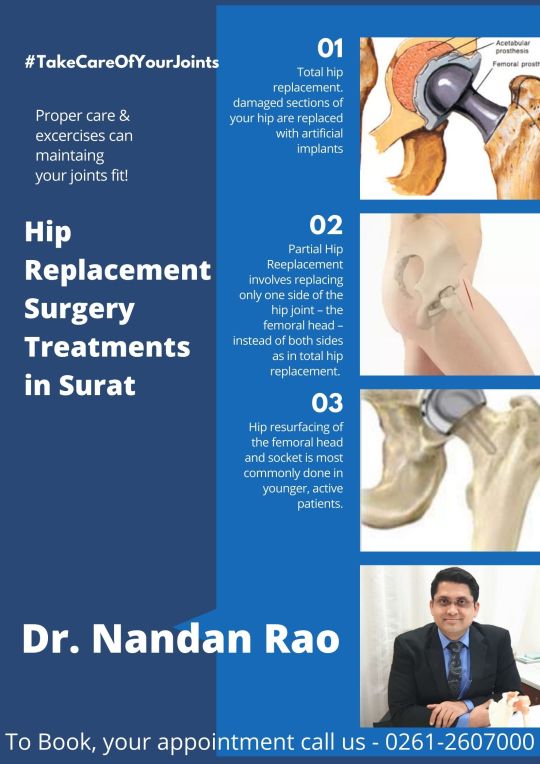Text
Running and tennis injuries
Injuries from running and playing tennis include ankle sprains, Achilles tendonitis, and plantar fasciitis. Ankle sprains, a partial or complete tear of any of the ligaments responsible for supporting and stabilizing the ankle joint, are usually the result of landing on an uneven surface and causing the foot to twist awkwardly.
Injury to the Achilles tendon, the strongest and largest tendon that connects the back of the calf muscle to the heel bone, occurs from overuse and is usually an acute inflammation or partial tear. If the tendon is weak, it can be ruptured with adequate force.
It's also common for the plantar fascia, the hard tissue that supports the arch of the foot and runs from the heel to the toes, to become inflamed and cause pain in the heel or arch.
Runners can also suffer injuries to the tendons or ligaments located on the outside and inside of the ankle and stress fractures of the foot bones. When running, any incident may not be enough to fracture the foot; however, over time, repeated abnormal forces or stress can cause the bone to weaken or break. Five to 15 percent of all running injuries are stress fractures. Of those injuries, 49 percent occurred in those who ran between 25 and 44 miles per week.
Soccer injuries
Unlike foot and ankle injuries in tennis and running, which are typically overuse injuries, soccer injuries are often the result of trauma, such as a direct blow to the lower leg. Because soccer is a contact sport, collision injuries from hitting another player are common, accounting for 30 percent of all soccer injuries.
Ankle injuries in soccer account for 20 to 30 percent of all soccer injuries, the most common being sprained ankle. Soccer players may also experience turf toe, a sprain that results from hitting the toe while running or misplacing cleats.
Treatment
Treatment of these injuries varies depending on the severity of the injury. Most strains and sprains can be treated with rest, ice, compression, and elevation (RICE). However, moderate to severe cases may require some form of immobilization, such as a brace or cast. Certain injuries that do not heal within the expected period of time may require surgery.
0 notes
Video
youtube
Patient review after meniscus repair and high tibial osteotomy.
#Patient review after meniscus repair and high tibial osteotomy.#high tibial osteotomy#meniscus repair .
0 notes
Photo

Faculty at Cadaveric course In M.S Ramiah College, Bangalore.Nice experience teaching practising arthroscopic surgeons advanced arthroscopic techniques on cadavers.
0 notes
Photo

Shoulder Arthroscopy Cadaver course teaching young budding arthroscopy surgeons technical skills in shoulder arthroscopy.
0 notes
Link
Arthroscopic ACL Reconstruction and Meniscus Repair Surgery Review in Surat, GujaratDR. NANDAN RAO ( Arthroscopy Surgeon ) Contact Us+917574060608+910261607040www.expertjointcare.comN8, Unity Hospital, Aai Mata chowk, Parvat Patiya, Surat, Gujarat- 395010#paitentreview #arthroscopicsurgery #unitycare #drnandanrao #expertjointcare #kneesurgery #orthopedic #vesu #adajan #pipod #surat #gujarat
0 notes
Text
Four tips to prevent sports injuries
Athletes push their body to the limit to achieve the best performance. But to get the most out of your body, you need to be able to prevent injury from occurring.
Preventing injuries means being able to train consistently over a period of time, which generates the most amount of profit for an athlete. It also means being less prone to the weakness that can occur after sustaining an injury. Unfortunately, once it is injured, it is more likely to happen again.
Sports injuries are caused by many factors: overuse, fatigue, sudden change in activity level, and insufficient recovery time. Over time, these factors can lead to tendonitis, sprains, and strains, as well as fractures, dislocations, and concussions. You can help prevent sports injuries by following these four tips:
Always do a proper warm-up to prepare your muscles for activity.
Stretch regularly - This includes both dynamic stretching before a workout and static stretching during a cool down.
Wear the proper gear, including well-fitting shoes and helmets, as needed.
Avoid sudden increases in training.
If you suffer a minor injury, you may be able to treat it effectively at home. Try rest, ice, compression, and elevation along with taking anti-inflammatory medications. But watch out for red flags, such as difficulty bearing weight, swelling, and bruising. These are signs that you should be evaluated by a medical professional.
Many people think they need to see an orthopedic surgeon for a sports injury. However, most sports injuries are treated non-surgically. A physiatrist is often the best person to see first. These doctors are trained in sports medicine and rehabilitation and can accurately diagnose your injury and develop the right treatment plan for you. If necessary, they can refer you to other specialists, such as a physical therapist or an orthopedic surgeon.
Edward-Elmhurst Health takes an individualized approach to treating and preventing sports injuries. Our sports medicine doctors, physical therapists, and athletic trainers work together to create personalized treatment plans that take each athlete's goals into account. Our goal is to help athletes return to their previous level of function so they can return to the sports and activities they enjoy.
#sports medicine#sports injuries#sports medicine doctor in surat#dr nandan rao#Joint replacement surgeon in Mumbai
0 notes
Link
0 notes
Link
#types of joint injections to treat joint pain#joint pain treatments#joint injuries & treatment injections#injections for joint pain#dr nandan rao#expertjointcare
0 notes
Photo

Hip Replacement Surgery Treatments at ExpertJointCare Surat.
Call on- 0261-2607040 | 0261-2607000
1 note
·
View note
Text
ACL Reconstruction Treatments in Surat by Dr. Nandan Rao
During adolescence ACL reconstruction should be done such that future growth should not be affected. This young athlete aged 14 years underwent ACL reconstruction. He regained full knee function and stability and resumed his sports activities.
https://www.expertjointcare.com/casestudy.html
0 notes